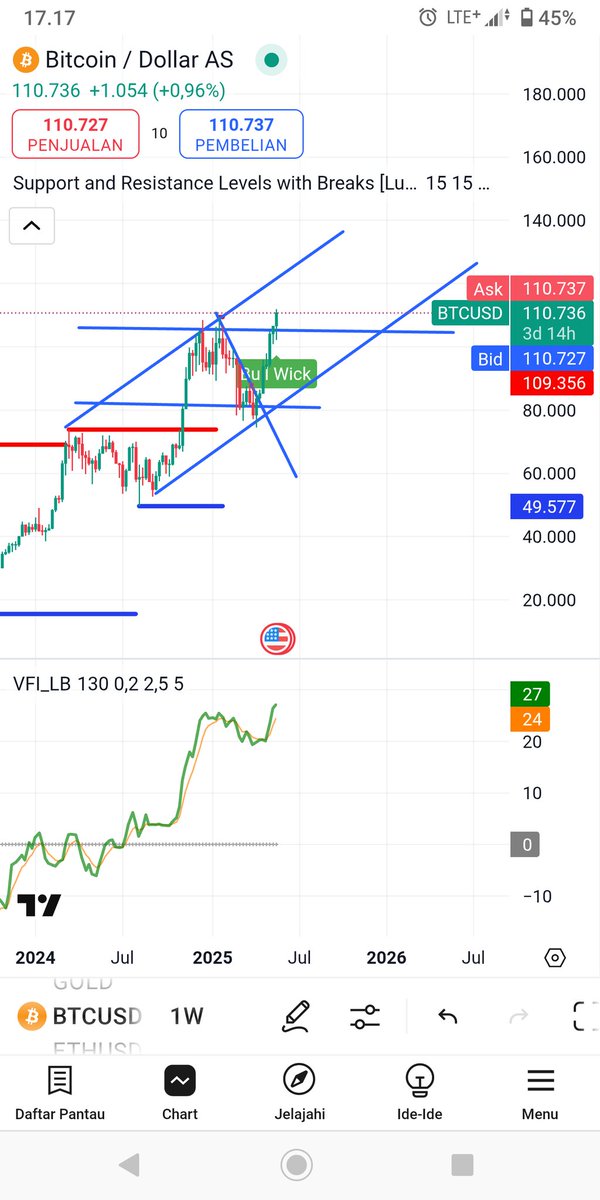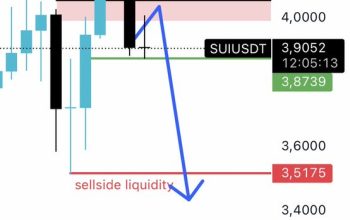—
The Transformative Role of AI in Cryptocurrency Markets: Navigating Complexity with Innovation
—
In the ever-shifting terrain of cryptocurrency markets, staying ahead requires more than instinct—it demands tools that can parse immense volumes of data, spot subtle trends, and adapt in real time. Enter Artificial Intelligence (AI), a technological force increasingly becoming a game-changer for traders, investors, and analysts alike. In 2025, AI’s growing integration in crypto ecosystems signals not just a new chapter but a fundamental reshape in how digital assets are understood and managed.
—
AI: More Than Just a Buzzword in Crypto
At its core, AI involves machines performing tasks that typically require human intelligence. This ranges from recognizing patterns and processing natural language to learning from data and making decisions. In the crypto world, this ability translates into several powerful applications.
One immediate benefit is enhanced data analysis. Cryptocurrency markets generate enormous streams of information every second: price movements, trading volumes, social media chatter, regulatory announcements, and technical blockchain data. Traditional human analysis can be overwhelmed or slowed by this flood. AI systems, however, excel at rapidly synthesizing these inputs, delivering insights that would be difficult to extract manually.
For example, tools like CoinMarketCap’s newly launched CMC AI utilize machine learning algorithms to read sentiment trends across news outlets and social platforms, identify emerging market signals, and even forecast potential price movements with improving accuracy. This capability goes beyond simple chart reading, incorporating a multi-dimensional view of market dynamics that helps investors avoid surprises and uncover opportunities earlier.
—
Democratizing Sophisticated Analysis
Perhaps the most revolutionary aspect of AI’s arrival in crypto markets is its potential to level the playing field. Sophisticated financial analysis and quant-driven investment strategies have traditionally been the domain of large institutions or highly specialized traders with deep programming skills. AI-driven platforms promise to democratize access to advanced analytics tools.
By automating complex computations—like portfolio risk optimization, anomaly detection in trading behavior, or predictive modeling of altcoin volatility—AI empowers individual investors to make more informed decisions without needing to be experts themselves. This opens up participation horizons to a broader audience, potentially increasing market liquidity and diversity.
—
Challenges and Limitations: Balancing AI’s Promise with Reality
While the hype around AI is substantial, it’s crucial to balance enthusiasm with a realistic appraisal of current constraints.
First, AI models rely heavily on the quality and quantity of input data. The crypto market’s notorious volatility and instances of misinformation can sometimes mislead algorithms, causing false signals or overfitting—where a model performs well on historical data but fails in live conditions.
Additionally, AI systems need continual retraining to adapt to new behaviors, regulatory shifts, or novel technological developments within blockchain networks. This demands sustained development effort and expertise.
Ethical considerations also come into play. Automated trading driven by AI can contribute to sudden market swings or “flash crashes” if many algorithms act in concert or misinterpret data simultaneously. Transparency in AI decision-making processes remains an ongoing challenge that the crypto community must address to foster trust.
—
Looking Ahead: AI as a Catalyst for Market Evolution
Despite these challenges, the integration of AI into cryptocurrency trading and research points toward an evolving market paradigm.
We may see AI-driven personalization becoming mainstream, where investors receive tailor-made strategies aligned with their risk tolerance, investment horizon, and asset preferences. Enhanced risk management tools could help mitigate some of crypto’s infamous uncertainties.
On a macro level, regulators could leverage AI for better surveillance and fraud detection, balancing market integrity with innovation.
Most intriguingly, the combination of AI and decentralized finance (DeFi) might birth entirely new financial instruments—self-adjusting smart contracts or autonomous investment funds that dynamically respond to market conditions using AI algorithms embedded in blockchain protocols.
—
Conclusion: Embracing AI’s Potential—A New Beacon in the Crypto Landscape
Artificial Intelligence ushers in a transformative wave over the cryptocurrency realm, redefining what’s possible in market analysis, trading strategy, and investor accessibility. Far from merely a technical novelty, AI empowers participants to navigate the complex, fast-paced crypto environment with sharper insights and swifter responses.
Embracing AI requires not just technological investment but also vigilance against its pitfalls and a commitment to ethical innovation. The road ahead promises a fusion of human ingenuity and machine intelligence, charting a future where crypto markets become more efficient, transparent, and inclusive.
For anyone engaged in digital assets, understanding and adopting AI-driven tools isn’t just an option—it’s quickly becoming a necessity to thrive at the frontier of financial innovation.
—
Sources
– CoinMarketCap Launches AI-Powered Research Tool
– Understanding AI’s Role in Crypto Trading
– Challenges and Ethics of AI in Financial Markets
– AI and DeFi: The Future of Autonomous Finance
—




